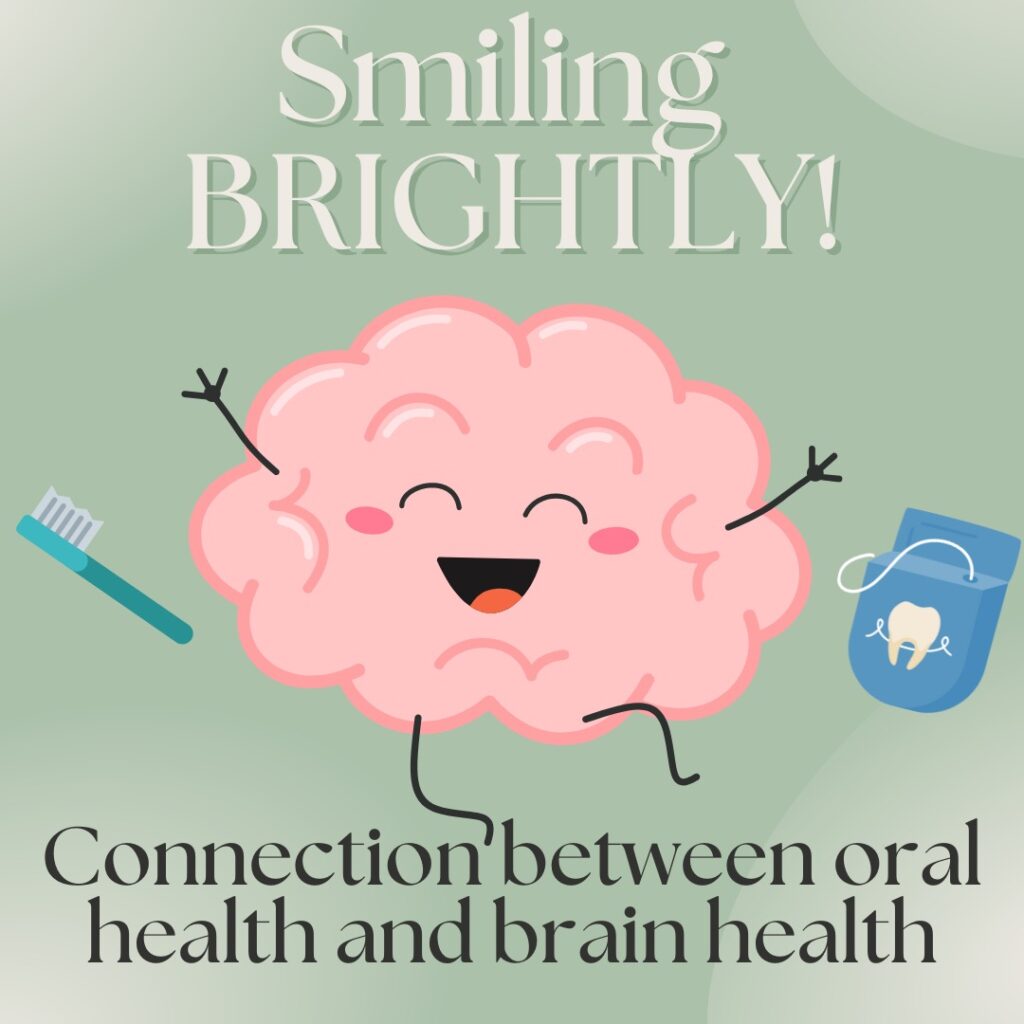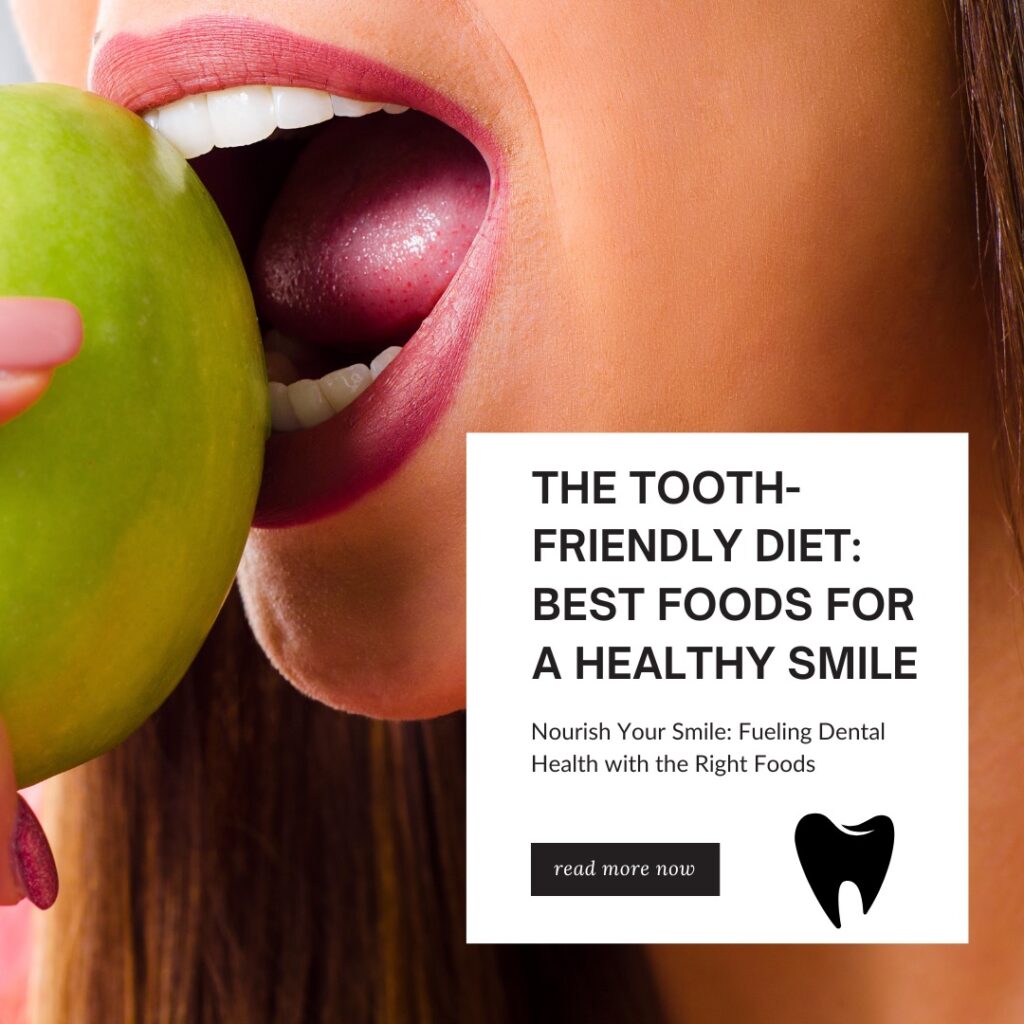Smiles Ready for School: A Back-to-School Dental Checklist.
August 18th, 2023
As summer comes to an end and the excitement of a new school year begins, it's crucial to ensure that your child's oral health is in its best shape. At Dentistry by Design in Elk Grove, California, we understand the significance of a healthy smile, especially as kids head back to school. In this blog post, we'll provide you with a comprehensive back-to-school dental checklist to ensure your child's oral hygiene is top-notch for the upcoming academic year.
1. Schedule a Back-to-School Dental Checkup:
Starting the school year with a clean bill of oral health is essential. Schedule a visit to Dentistry by Design for a thorough dental checkup and cleaning. This will not only help catch any potential issues early on but also give your child a confident smile as they return to the classroom.
2. Reevaluate Oral Hygiene Routine:
The busy school routine can sometimes disrupt established oral hygiene habits. Take the time to reassess your child's brushing and flossing routine. Ensure they brush their teeth twice a day for two minutes each time and floss daily. A healthy oral care regimen is the foundation of a dazzling smile.
3. Choose Teeth-Friendly Snacks:
With lunchtime at school comes the temptation to indulge in sugary snacks and beverages. Opt for teeth-friendly snacks like crunchy vegetables, cheese, yogurt, and nuts. These options help promote saliva production, which aids in cleaning teeth naturally.
4. Stay Hydrated with Water:
Encourage your child to choose water over sugary drinks, even when they're at school. Water not only keeps them hydrated but also helps rinse away food particles that can lead to cavities.
5. Protect Their Teeth During Physical Activities:
If your child is involved in sports or physical activities at school, consider providing them with a mouthguard. A custom-fit mouthguard from Dentistry by Design can help prevent dental injuries while they have fun and stay active.
6. Replace Old Toothbrushes:
Make sure your child starts the school year with a fresh toothbrush. Old toothbrushes can harbor bacteria and be less effective at cleaning teeth. Stock up on extra toothbrushes so they can replace them every three to four months.
7. Limit Sugary and Acidic Beverages:
Educate your child about the harmful effects of excessive sugary and acidic beverages on their teeth. Encourage them to opt for milk or water instead of soda or energy drinks, which can contribute to enamel erosion and cavities.
8. Incorporate Good Oral Habits in the Morning Routine:
As the morning rush begins, ensure that your child's oral care doesn't get neglected. Make brushing and flossing a non-negotiable part of their morning routine, along with breakfast and getting dressed.
9. Emphasize Regular Hand Washing:
Good oral health goes hand in hand with overall hygiene. Teach your child the importance of regular handwashing to prevent the spread of germs that can affect their oral health and overall well-being.
10. Lead by Example:
Children often learn best by observing their parents. Showcase your commitment to oral health by maintaining your own dental hygiene routine. Brush and floss together to make it a fun and bonding experience.
At Dentistry by Design in Elk Grove, California, we believe that a healthy smile contributes to a successful start to the school year. By following this back-to-school dental checklist, you can ensure that your child's oral health remains a priority as they embark on their academic journey. Schedule a visit with us today to give your child the confidence of a bright and healthy smile throughout the school year and beyond.


